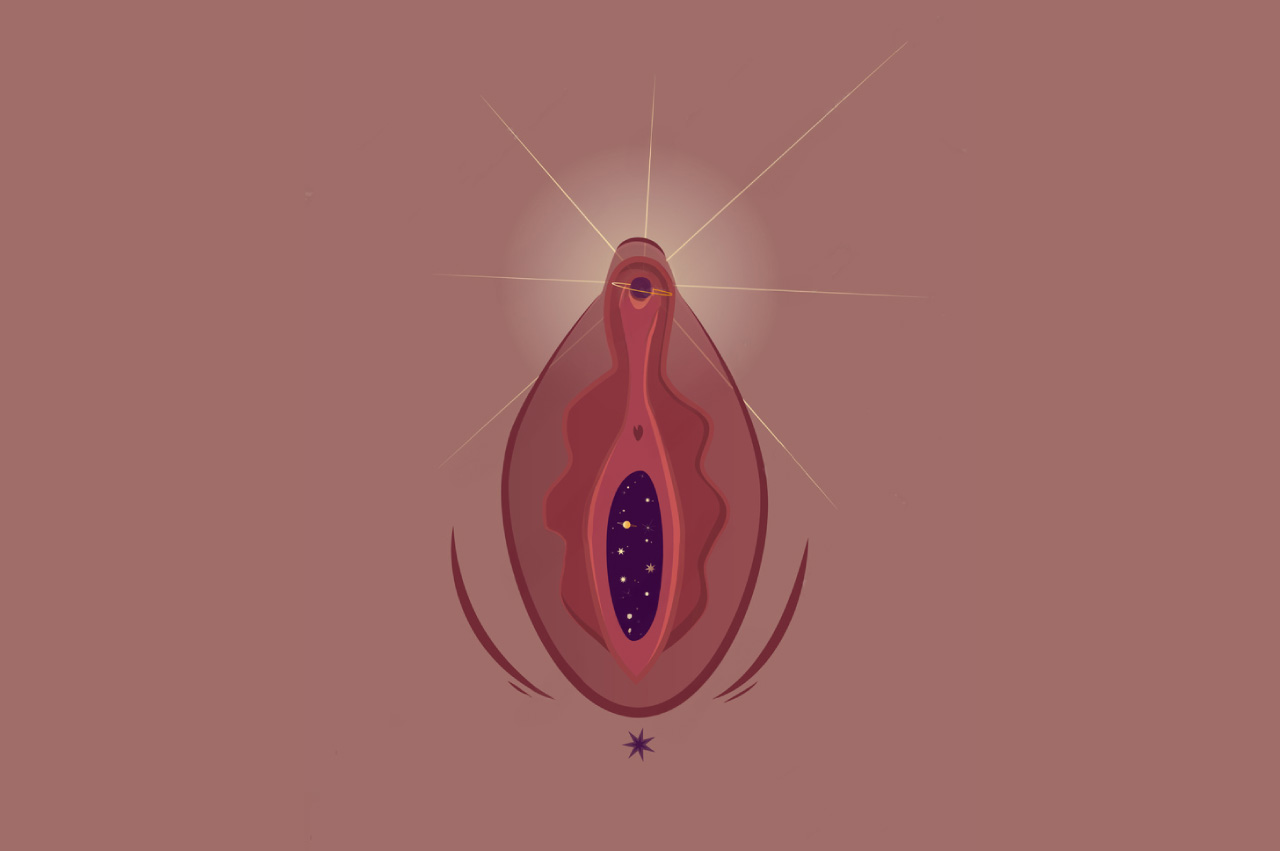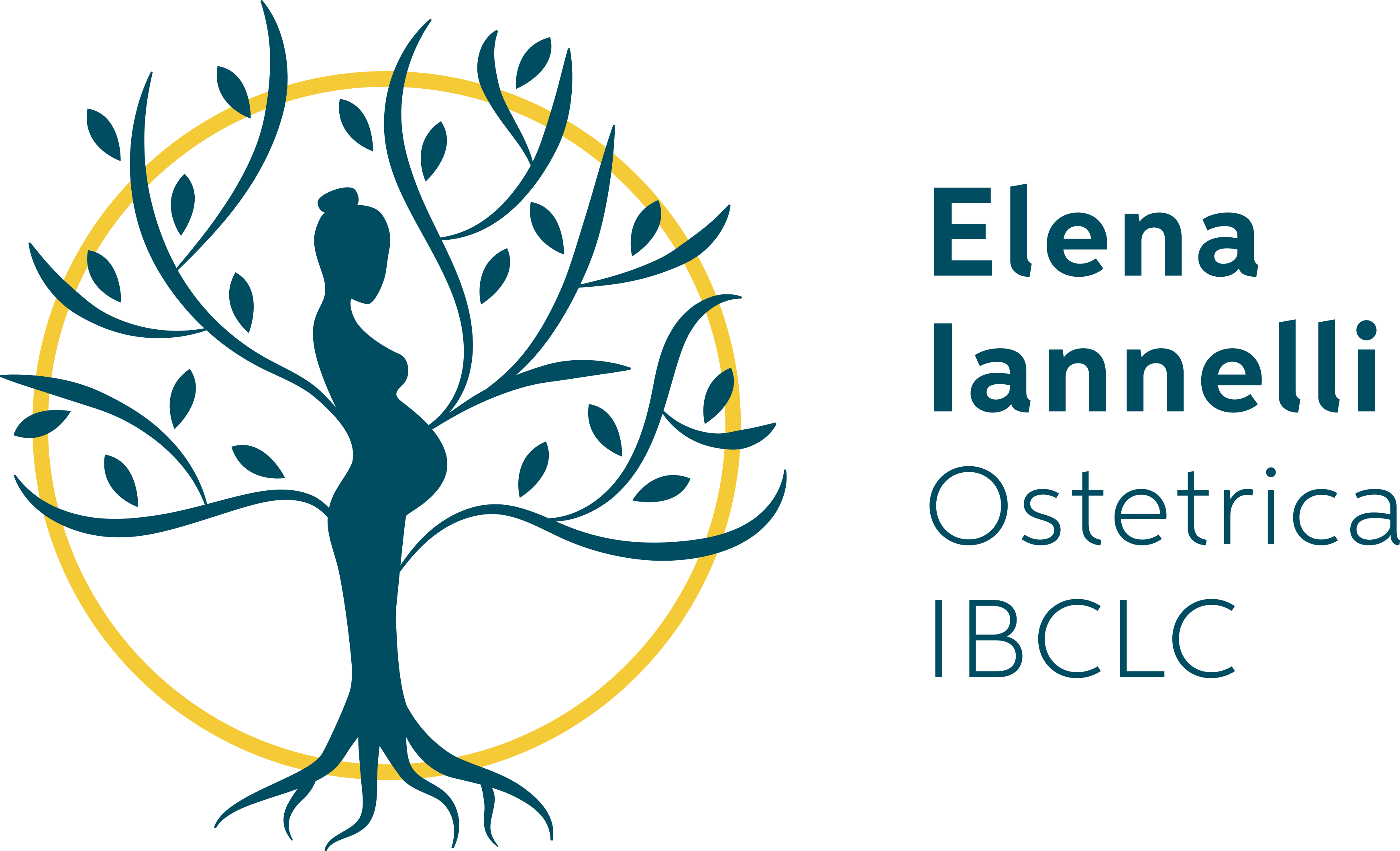Episiotomy: what it is and how to avoid it

Episiotomy is a surgical procedure that involves an incision in the perineum, the area between the vagina and anus, during childbirth. Some time ago (but not that long ago!), it was routinely performed to facilitate the delivery of the baby and prevent more serious spontaneous tears. However, the World Health Organisation (WHO) recommends limiting the use of episiotomy to strictly necessary cases only: the routine procedure is NOT recommended for women who give birth spontaneously. Research has shown that moderating the practice of episiotomy reduces the risks of complications such as pain, infection and healing complications.
Here are some tips to avoid incision of the perineum and promote natural childbirth:
- Preparing the perineum
One of the most effective techniques is perineal massage. You can start about 4 weeks before the expected delivery date, using natural oils, such as sweet almond oil, to gently massage the perineal area. This helps to make the tissues more elastic and less prone to tearing.
Kegel exercises strengthen the pelvic floor muscles, improving control during labour and delivery. Try to perform these exercises daily for best results. See the instructions for the massage and Kegel technique here: https://www.elenaiannelli.it/en/pelvic-flooe-exercises/
- Positions during labour
Vertical positions, such as squatting, standing or on all fours, benefit from gravity to help the baby descend into the birth canal. These positions can reduce the need for an episiotomy, making labour more physiological and less traumatic. Remember that keeping yourself active during labour helps a lot with pain management and helps reduce labour time. Choosing to give birth in whatever position is comfortable for you is your right and will also help you avoid an episiotomy!
- Using water
Water birth can help relax the perineal muscles and reduce tension during contractions. Warm water promotes tissue elasticity, reducing the risk of tearing and the need for surgical intervention.
- Communication with the medical team
It is essential to discuss your preferences with your midwife or ob-gyn before the birth. A well-defined birth plan may include a request to avoid episiotomy unless it is strictly necessary for both yours and your baby’s health.
- Support from an experienced midwife
The presence of an experienced midwife during labour can make all the difference, as he/she is trained to assist natural births and offer perineal protection techniques and ongoing support. In some hospitals you can choose to be followed by a midwife of your choice.
- Breathing and relaxation techniques
Practising breathing and relaxation techniques already during pregnancy, such as those used in Hypnobirthing, can help keep you calm and reduce muscle tension, leading to a less traumatic birth. If you are curious find out more about Hypnobirthing: https://www.elenaiannelli.it/en/hypnobirthing-course/
Prepare your body for a serene birthing experience
Routine episiotomy is not justified by any international childbirth recommendation and many scientific studies now state that the negative consequences of routine episiotomy use far outweigh the benefits.
Although it is sometimes necessary, it can often be avoided with good preparation and appropriate support. Taking care of your body during pregnancy and properly preparing for birth can make all the difference, promoting a more natural and less invasive birth experience. Always remember to consult your midwife or doctor to discuss the best strategies for your birth.
Read more about WHO recommendations for a positive birth experience: https://www.elenaiannelli.it/en/the-latest-who-recommendations-for-a-positive-childbirth-experience/

